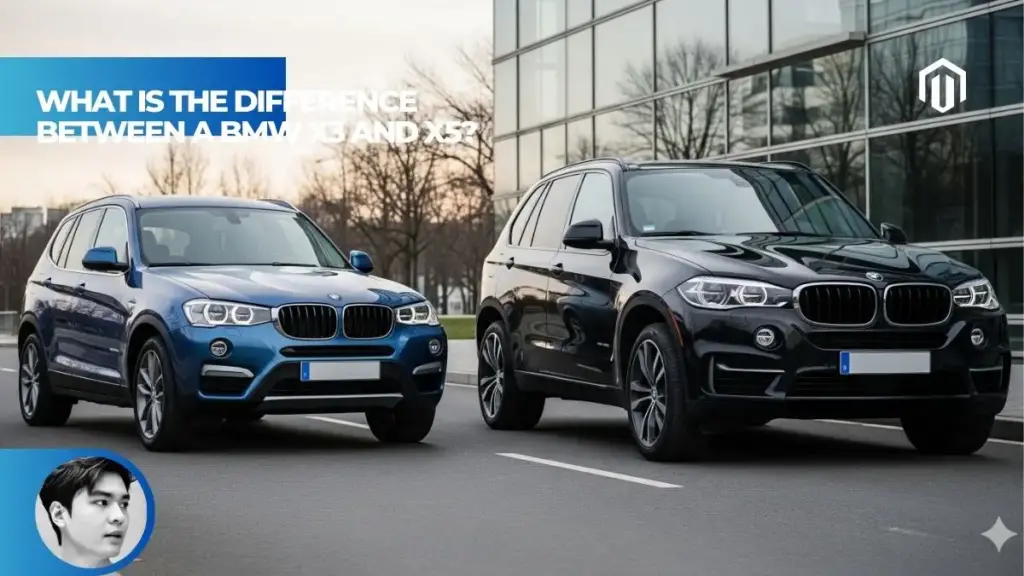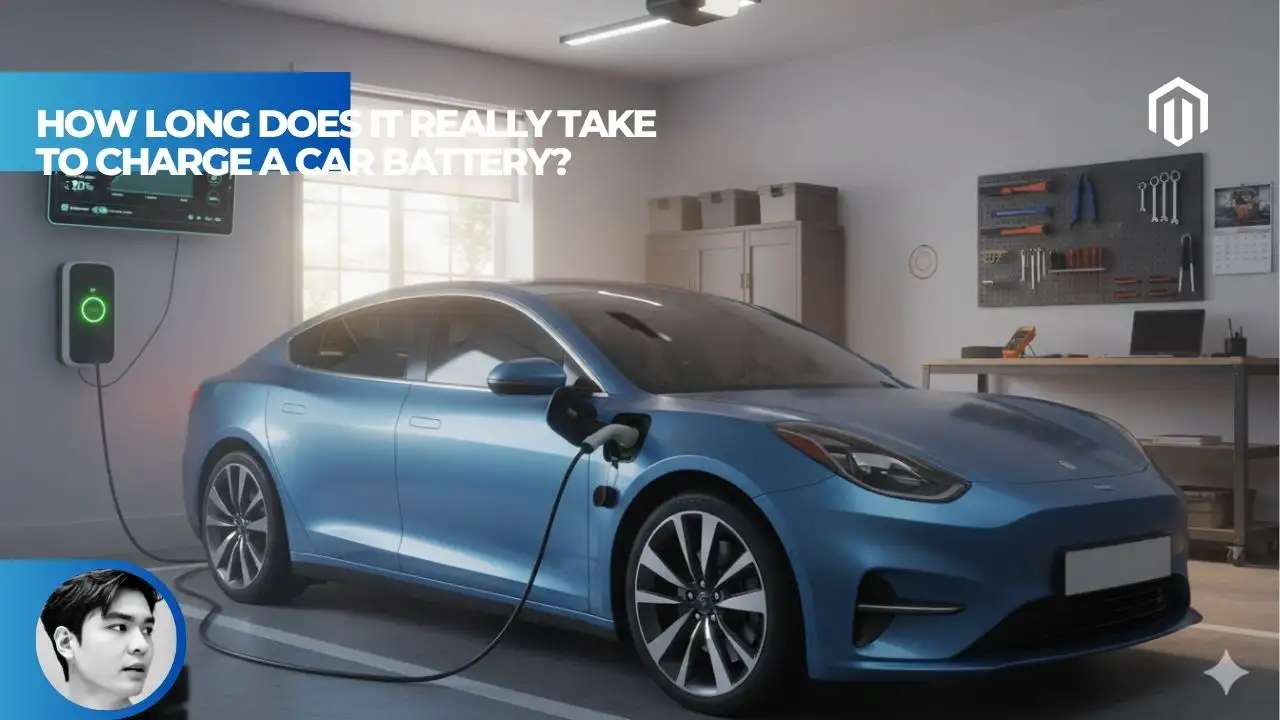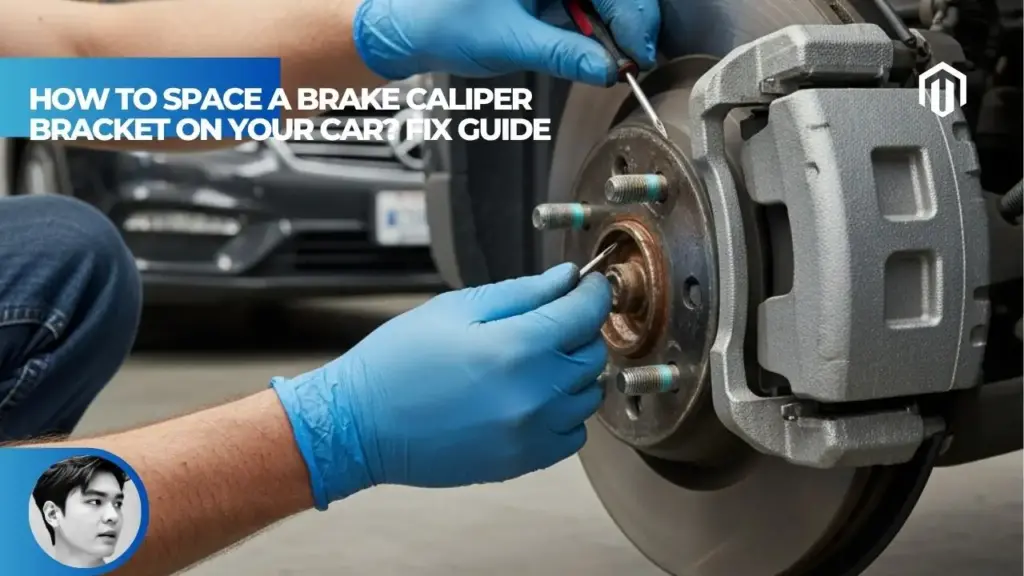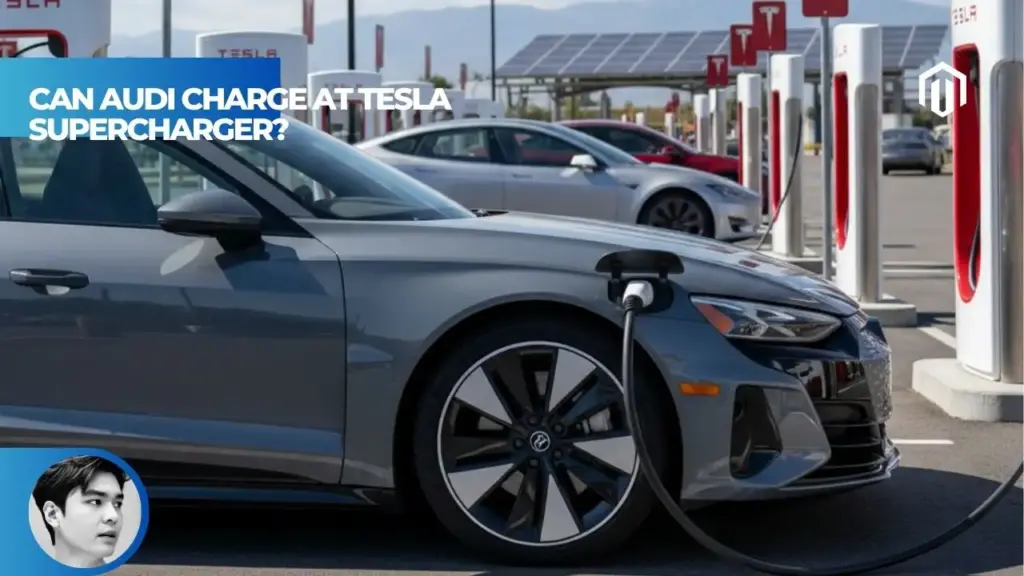You may also like:
- 【Explained】What Did BMW Start Making Before Cars? (From Planes to Cars)
- 【Explained】What’s Better: BMW M3 or M4? The Key Difference
- 【Explained】Can BMW Charge at Tesla Supercharger? The NACS Adoption Timeline Explained
- 【Explained】What Is More Expensive: BMW or Mercedes? (Cost of Ownership)
- Compare Audi Q5 vs BMW X3: Complete Guide
The primary difference between the 2025 BMW X3 and X5 is size class: the X3 is a compact luxury SUV starting at $49,950, while the X5 is a mid-size luxury SUV starting at $66,300. This fundamental size difference translates to more interior space, stronger standard engines, and enhanced luxury features in the X5.
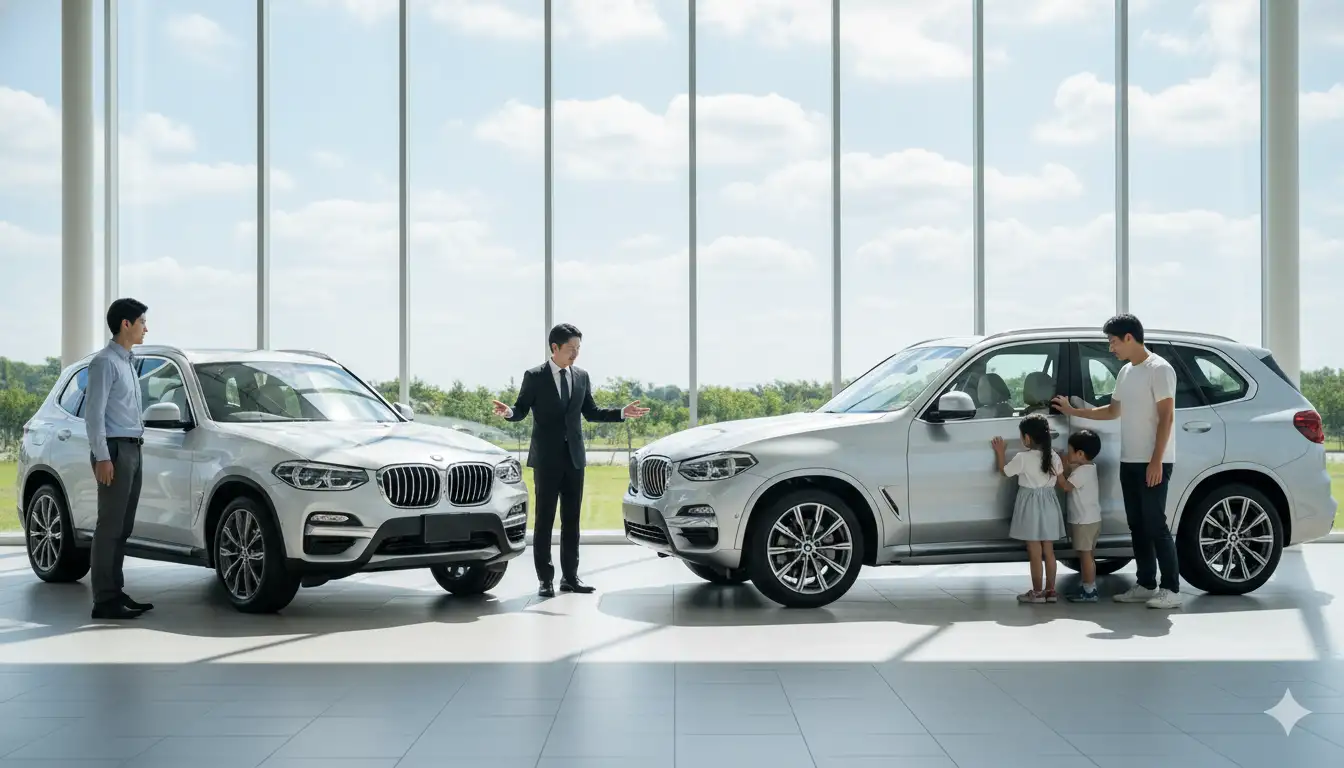
The Primary Difference – Size and Class Comparison
When comparing the BMW X3 vs X5, understanding their distinct size classifications helps clarify which vehicle suits your lifestyle. The compact X3 fills the gap between BMW’s subcompact X1 and the larger X5, creating a logical progression through BMW’s SUV hierarchy. This size distinction affects everything from daily maneuverability to long-term ownership costs.
BMW X3 vs X5 Size Comparison and Dimensions
The 2025 BMW X5 measures approximately 194.3 inches long, making it roughly 7-8 inches longer than the X3’s 186-187 inches[1]. This additional length provides the X5 with a more commanding road presence and translates directly into increased passenger comfort. Learn more about BMW X5 dimensions and garage fit to understand if the larger size works for your parking situation.
The width difference is equally significant, with the X5 spanning approximately 3 inches wider than the X3. This extra width contributes to the X5’s more spacious cabin and improved stability at highway speeds.
Compact vs Mid-Size Luxury SUV Classification
These classifications aren’t merely marketing terms—they represent distinct approaches to luxury SUV design:
| Category | BMW X3 (Compact) | BMW X5 (Mid-Size) |
|---|---|---|
| Primary Use | Urban/suburban driving | All-purpose luxury |
| Parking Ease | Excellent | Good |
| Fuel Economy | Up to 29 MPG combined | Up to 25 MPG combined |
| Target Buyer | Small families, singles | Growing families |
X3 vs X5 Length and Width Measurements
According to official BMW specifications, the precise measurements reveal substantial differences[2]:
- BMW X3: Approximately 187.2 inches long, 74.4 inches wide
- BMW X5: Approximately 194.3 inches long, 78.9 inches wide
These dimensions position the X3 as more garage-friendly, particularly important for urban dwellers with tight parking spaces.
BMW X3 vs X5 Wheelbase Differences
The wheelbase—the distance between front and rear axles—significantly impacts ride quality and interior space. The X5’s longer wheelbase provides:
- Smoother highway cruising
- Better weight distribution
- Increased rear-seat legroom
- Enhanced high-speed stability
BMW X3 vs X5 Garage Fit Considerations
For many buyers, garage compatibility proves decisive. The compact X3 fits comfortably in standard 18-foot garages, while the X5 requires at least 20 feet of depth for comfortable daily use. Height restrictions in older garages may also favor the slightly lower X3.
BMW X3 vs X5 Price Difference and Value Analysis
Price represents one of the most significant differentiators between these models, with implications extending beyond the initial purchase. According to Autvex’s market analysis, understanding the complete cost picture helps buyers make informed decisions.
How Much More Is an X5 Than an X3?
The 2025 BMW X5 starts at $66,300, while the X3 begins at $49,950—a difference of approximately $16,350[3]. This gap widens considerably when comparing similarly equipped models, often exceeding $20,000.
BMW X3 vs X5 2025 MSRP Comparison
Current market pricing reflects each model’s positioning:
| Model | Starting MSRP | Mid-Level | Fully Loaded |
|---|---|---|---|
| 2025 X3 30i | $49,950 | $57,000 | $65,900 |
| 2025 X5 xDrive40i | $66,300 | $72,800 | $85,000+ |
Dealer markups and availability can affect final pricing, with the X3 typically offering more negotiation room due to higher production volumes.
Is the BMW X5 Worth the Extra Money?
The X5’s premium justifies itself through several tangible benefits:
Standard features exclusive to X5:
- 3.0L inline-6 engine (vs 2.0L 4-cylinder in X3)
- Panoramic moonroof (standard vs optional)
- Four-zone climate control
- Larger infotainment display
- Premium audio system upgrade
Real-world owner feedback suggests the X5’s additional cost makes sense for families needing extra space or those prioritizing luxury over efficiency[4].
X3 vs X5 Cost of Ownership
Beyond purchase price, ownership costs differ notably. Insurance requirements for financed vehicles typically run 15-20% higher for the X5 due to its higher value and repair costs.
Annual ownership cost comparison:
- X3: Approximately $12,000-14,000 (including depreciation)
- X5: Approximately $15,000-18,000
X3 vs X5 Resale Value and Lease Price
Both models maintain strong resale values, though the X5 typically depreciates more in absolute dollars. Lease pricing reflects this:
- X3 30i: $550-650/month (36 months, 10K miles/year)
- X5 xDrive40i: $750-900/month (same terms)
Interior Space, Seating, and Cargo Comparison
Interior dimensions directly impact daily usability, making this comparison crucial for families and frequent travelers. The size difference between these models becomes most apparent when examining passenger and cargo accommodations.
BMW X3 vs X5 Cargo Space
Cargo capacity differences prove significant for practical use[1]:
| Measurement | BMW X3 | BMW X5 |
|---|---|---|
| Behind rear seats | 31.5 cu ft | 33.9 cu ft |
| Maximum (seats folded) | 67.1 cu ft | 72.3 cu ft |
The X5’s extra 5 cubic feet with seats folded accommodates larger items like furniture or sports equipment more easily.
X3 vs X5 Interior Room and Rear Legroom
Passenger comfort varies notably between models:
Legroom measurements:
- X3: 40.2 inches (front), 36.3 inches (rear)
- X5: 39.8 inches (front), 37.4 inches (rear)
The X5’s additional rear legroom makes a noticeable difference during long trips, particularly for adult passengers.
Does the BMW X5 Have a 3rd Row?
Yes, the BMW X5 offers an optional third row for seven-passenger seating, though it’s unavailable on hybrid and M models[5]. Detailed information about X5 third-row seating helps evaluate if this option meets your needs.
Does the BMW X3 Have a 3rd Row?
No, the BMW X3 remains strictly a five-passenger vehicle with no third-row option available. Buyers needing occasional extra seating must choose the X5 or larger X7.
BMW X5 7-Seater vs X3 5-Seater Options
The third-row option fundamentally changes the X5’s versatility:
X5 with third row:
- Best for children or occasional use
- Reduces cargo space when deployed
- Adds approximately $2,100 to price
- Not available on all trims
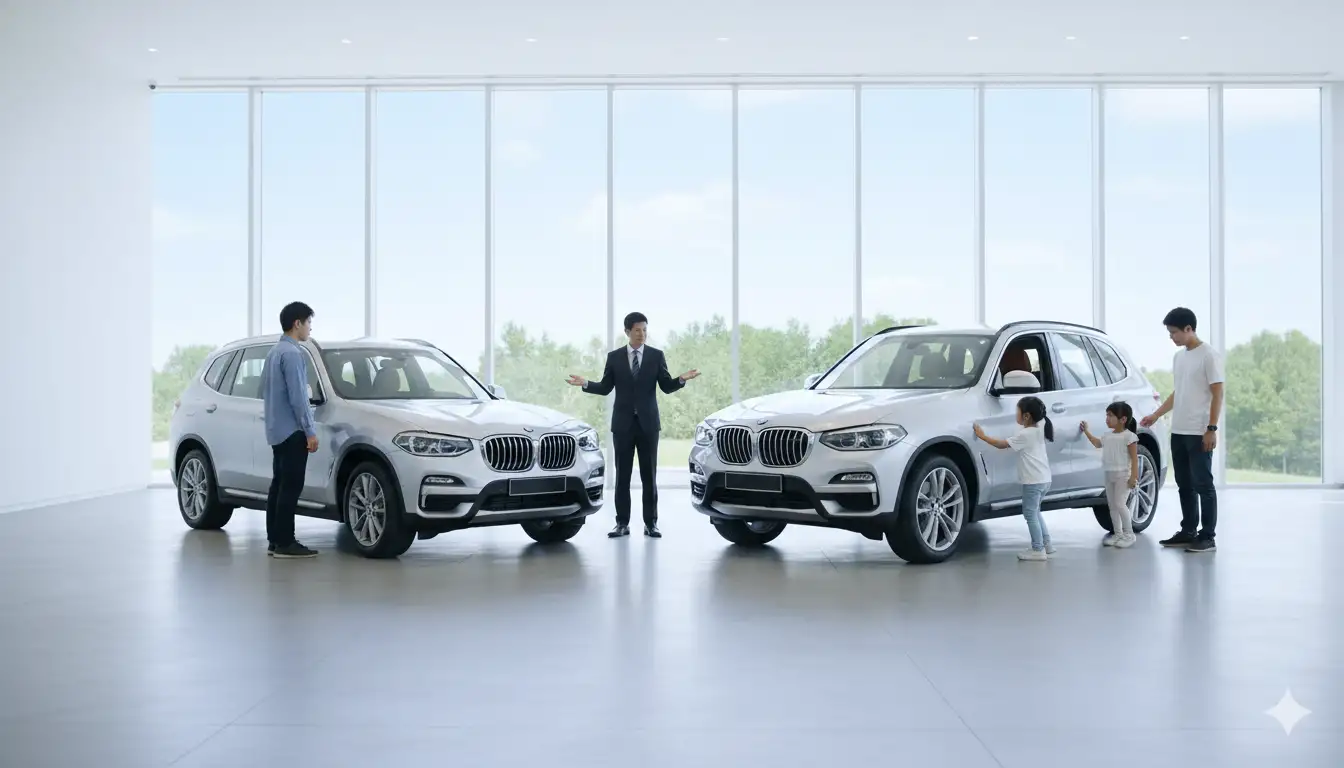
Performance and Powertrain Differences
Performance characteristics distinguish these models beyond mere size differences. Each offers distinct driving experiences tailored to different priorities.
BMW X3 vs X5 Engine Options
The fundamental engine philosophy differs between models[2]:
Standard engines:
- X3 30i: 2.0L turbocharged 4-cylinder (255 hp)
- X5 xDrive40i: 3.0L turbocharged inline-6 (375 hp)
This 120-horsepower difference transforms acceleration and highway merging confidence.
X3 30i vs X5 40i (4-Cylinder vs 6-Cylinder)
The base engine comparison reveals distinct personalities:
| Metric | X3 30i | X5 xDrive40i |
|---|---|---|
| 0-60 mph | 6.0 seconds | 5.3 seconds |
| Torque | 295 lb-ft | 398 lb-ft |
| EPA Combined MPG | 29 | 25 |
X3 M50 vs X5 M60i Performance Models
Performance variants showcase each platform’s potential:
- X3 M40i: 382 hp inline-6, 0-60 in 4.4 seconds
- X5 M60i: 523 hp V8, 0-60 in 4.1 seconds
The X5’s available V8 delivers supercar-like acceleration in an SUV package.
Does the X3 Have a V8 Engine?
No, the X3 maxes out with a 6-cylinder engine. BMW reserves V8 options exclusively for larger models like the X5, X6, and X7.
X3 vs X5 Towing Capacity
Towing capabilities reflect each model’s intended use[6]:
- X3: Maximum 4,850 pounds
- X5: Maximum 7,200 pounds
The X5’s 50% greater towing capacity suits boat owners and camping enthusiasts. Compare with competitor towing capacities to understand segment standards.
X3 30e vs X5 50e Plug-In Hybrid Models
Both offer electrified variants with different priorities:
BMW X3 30e (coming 2026):
- Expected 20-25 miles electric range
- Combined system output around 300 hp
BMW X5 xDrive50e:
- 40+ miles electric range
- 483 hp combined output
- 58 MPGe efficiency rating
Features and Luxury Level Comparison
Luxury appointments and technology features often justify price premiums in this segment. According to Autvex experts, understanding standard versus optional equipment proves crucial for value assessment.
Is the X5 More Luxurious Than the X3?
Yes, the X5 includes substantially more standard luxury features and offers exclusive options unavailable on the X3. Material quality, particularly in touchpoint areas, reflects the price difference.
X3 vs X5 Standard Features
Standard equipment comparison reveals the X5’s premium positioning:
| Feature | X3 30i | X5 xDrive40i |
|---|---|---|
| Panoramic moonroof | Optional ($1,550) | Standard |
| Heated seats | Optional | Standard |
| Power tailgate | Standard | Hands-free standard |
| Audio system | 10 speakers | 12+ speakers |
| Climate zones | Dual-zone | Four-zone |
Does the BMW X5 Have Air Suspension?
The X5 offers optional air suspension ($1,600), providing:
- Adjustable ride height
- Self-leveling capability
- Improved ride quality
- Off-road modes
This feature remains unavailable on the X3, which uses conventional suspension only.
BMW X5 Standard Features vs X3
Exclusive X5 features include:
Available only on X5:
- Massaging front seats
- Rear-seat entertainment
- Executive Drive Pro adaptive suspension
- Soft-close automatic doors
- Crystal gear selector
X3 vs X5 Driving Experience and Build Quality
Real-world driving reveals distinct characteristics. The X3 feels more agile and tossable, benefiting from its lighter weight and smaller footprint. Similar agility characterizes the X3’s competition.
The X5 provides a more refined, isolated experience:
- Superior noise insulation
- Smoother ride over rough roads
- More stable at high speeds
- Better long-distance comfort
Build quality remains excellent in both, though the X5’s premium materials and additional sound deadening create a more luxurious ambiance.
Which One Should I Buy – X3 or X5?
The decision between X3 and X5 ultimately depends on individual priorities, lifestyle requirements, and budget constraints. Understanding the car buying process helps streamline your decision.
Choose the BMW X3 If – Key Decision Factors
The X3 makes sense when:
Practical considerations:
- You primarily drive in urban/suburban environments
- Garage or parking space is limited
- Fuel economy is a priority
- Budget conscious without sacrificing luxury
Lifestyle factors:
- Small family (1-2 children)
- Minimal cargo hauling needs
- Value nimble handling over ultimate comfort
- Prefer lower insurance and maintenance costs
A typical X3 buyer might be a young professional or empty nester seeking BMW performance without excess.
Choose the BMW X5 If – Key Decision Factors
The X5 suits buyers who:
Space requirements:
- Need optional third-row seating
- Regularly carry large cargo loads
- Transport adult passengers frequently
- Tow boats or trailers
Luxury priorities:
- Want maximum comfort and refinement
- Appreciate premium standard features
- Value prestigious image
- Can afford higher ownership costs
The X5 buyer typically has a growing family or entertains clients, prioritizing space and luxury over efficiency.
Is the X5 Worth the Extra Cost Over the X3?
Based on comprehensive analysis, the X5 justifies its premium for buyers who:
- Utilize the extra space regularly (not just occasionally)
- Value standard luxury features that cost extra on X3
- Appreciate stronger performance from the base engine
- Need towing capability beyond 5,000 pounds
- Prioritize ride comfort over sporty handling
However, the X3 provides better value for those who:
- Rarely need maximum cargo space
- Prefer agile handling to ultimate comfort
- Want lower total ownership costs
- Live in urban areas with tight parking
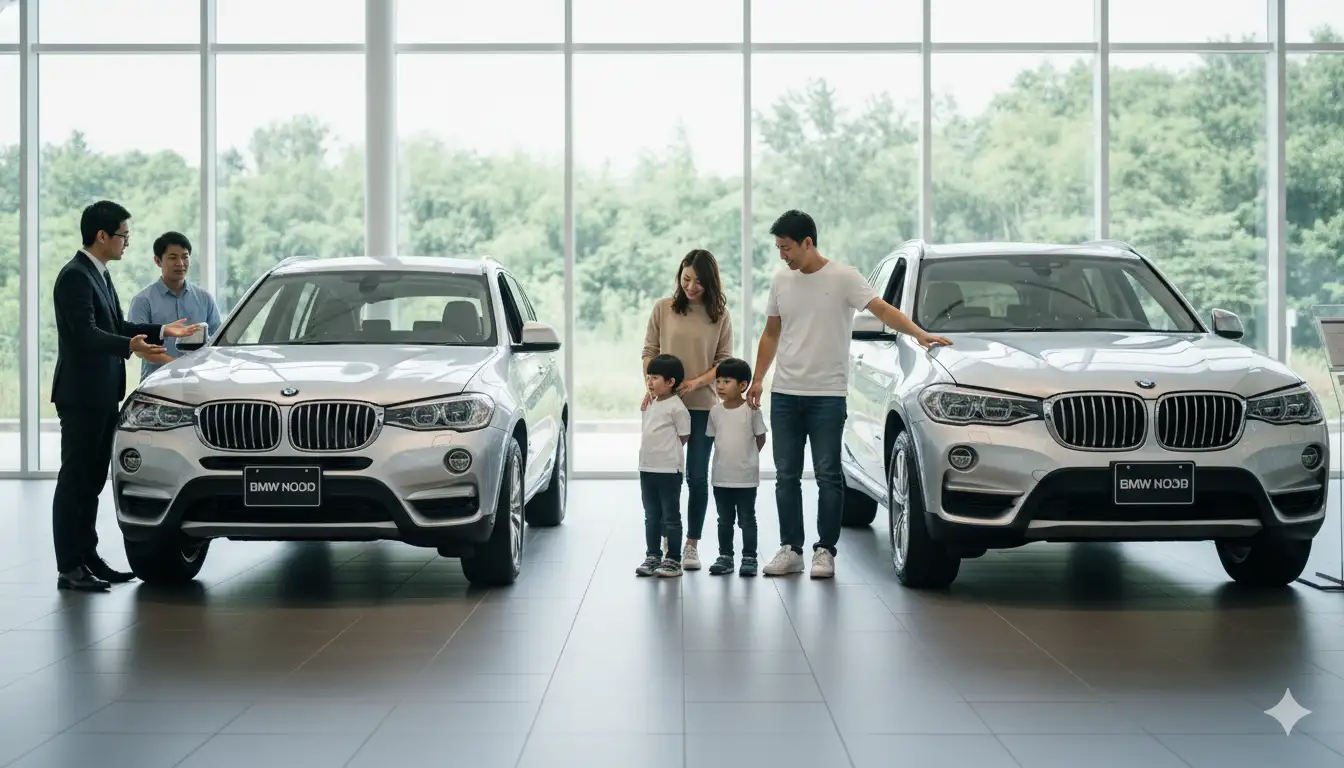
Key Takeaway
The primary difference between the 2025 BMW X3 and X5 is size class: the X3 is a compact luxury SUV offering agility and efficiency, while the X5 is a mid-size luxury SUV providing more power, space, and premium features. The X5 costs approximately $16,000-19,000 more than the X3.
Understanding these fundamental differences helps narrow your choice. The X3 excels as a nimble, efficient luxury SUV perfect for small families and urban environments. The X5 delivers maximum space, power, and luxury for those willing to pay the premium.
Both models represent BMW’s commitment to driving dynamics and luxury, just at different scales. Neither choice is wrong—only better suited to specific needs.
Next Steps
Test drive both models to experience the size difference firsthand, evaluate your space needs (especially if you need optional third-row seating), and consider your budget including both purchase price and long-term ownership costs before making your decision.
Start by scheduling back-to-back test drives on the same day for direct comparison. Explore other BMW models if neither perfectly fits your needs.
Bring your typical cargo or car seats to verify fit. Test the X5’s third row if considering that option—it’s best suited for children under 12.
Calculate total ownership costs over your expected ownership period, not just monthly payments. Factor in insurance quotes, fuel costs based on your driving patterns, and BMW’s recommended maintenance schedule.
Consider certified pre-owned options if the new X5 exceeds budget. One-year-old models with low mileage can save $10,000+ while retaining warranty coverage.
Finally, negotiate aggressively, especially on the X3 where dealers have more inventory flexibility. Year-end sales events typically offer the best incentives on both models.
Frequently Asked Questions
What is the main difference between a BMW X3 and an X5?
The primary difference is size class: the X3 is a compact luxury SUV measuring approximately 187 inches long, while the X5 is a mid-size luxury SUV at 194 inches long, with the X5 offering more space, power, and premium features.
Is the BMW X5 a lot bigger than the X3?
Yes, the X5 is approximately 7-8 inches longer and 3 inches wider than the X3, providing significantly more interior passenger space and cargo capacity while requiring more garage space.
How much more expensive is the X5 than the X3?
The 2025 BMW X5 starts at $66,300 while the X3 starts at $49,950, a difference of approximately $16,350 for base models, though this gap can exceed $20,000 when comparing similarly equipped versions.
Does the BMW X5 have a 3rd row?
Yes, the BMW X5 offers an optional third row for 7-passenger seating at approximately $2,100 extra, though it’s not available on hybrid or M performance models.
Does the BMW X3 have a 3rd row?
No, the BMW X3 is only available as a 5-passenger vehicle with no third-row option, making the X5 or X7 necessary for buyers needing extra seating.
Which has more cargo space, the X3 or the X5?
The X5 offers 72.3 cubic feet maximum cargo space compared to the X3’s 67.1 cubic feet, plus 33.9 cubic feet behind the rear seats versus 31.5 in the X3.
Is the X5 more luxurious than the X3?
Yes, the X5 includes more standard luxury features like panoramic moonroof, heated seats, and four-zone climate control, plus exclusive options like massaging seats and air suspension unavailable on X3.
Is the X5 worth the extra cost over the X3?
The X5 justifies its premium if you regularly need extra space, want standard luxury features, require towing over 5,000 pounds, or prioritize ride comfort over sporty handling.
What are the engine differences between the X3 and X5?
The X3 starts with a 255-hp 4-cylinder while the X5 begins with a 375-hp 6-cylinder. The X5 also offers V8 options producing over 500 hp not available on the X3.
Can the X3 tow as much as the X5?
No, the X3 has a 4,850-pound maximum towing capacity while the X5 can tow up to 7,200 pounds, making the X5 better suited for boats and large trailers.
Which is more reliable, the X3 or the X5?
Both share BMW’s reliability standards and similar ratings, though the simpler X3 may have slightly lower long-term maintenance costs due to less complex systems and smaller, less expensive components.
Does the X3 come with a V8 engine?
No, the X3 maxes out with a 382-hp 6-cylinder engine in the M40i. V8 options remain exclusive to larger BMW SUVs like the X5, X6, and X7.
Does the X5 come with a 4-cylinder engine?
No, the X5 starts with a 6-cylinder engine as its base option, reflecting its premium positioning compared to the 4-cylinder base X3.
Which one should I buy, the X3 or the X5?
Choose the X3 for urban driving, better fuel economy, lower costs, and nimble handling. Choose the X5 for maximum space, stronger performance, luxury features, towing capability, and optional third-row seating.
References
- BMW USA. (2025). BMW X3 and X5 Specifications. Retrieved from https://www.bmwusa.com/vehicles/x-series.html
- Car and Driver. (2025). 2025 BMW X3 vs X5 Comparison. Retrieved from https://www.caranddriver.com/compare/bmw-x3-vs-bmw-x5
- Edmunds. (2025). 2025 BMW X3 and X5 Pricing and Features. Retrieved from https://www.edmunds.com/bmw/
- Reddit BMW Forums. (2025). Real Owner Reviews and Feedback. Retrieved from https://www.reddit.com/r/BMWX3/
- BMW. (2025). BMW X5 Third Row Seating Options. Retrieved from https://www.bmwusa.com/vehicles/x-series/x5/bmw-x5.html
- TrueCar. (2025). BMW X3 vs X5 Specifications Comparison. Retrieved from https://www.truecar.com/compare/bmw-x3-vs-bmw-x5/

I am a senior automotive analyst at Autvex. Expert vehicle evaluations, in-depth reviews, and objective analysis helping readers make informed automotive decisions with years of industry experience.

